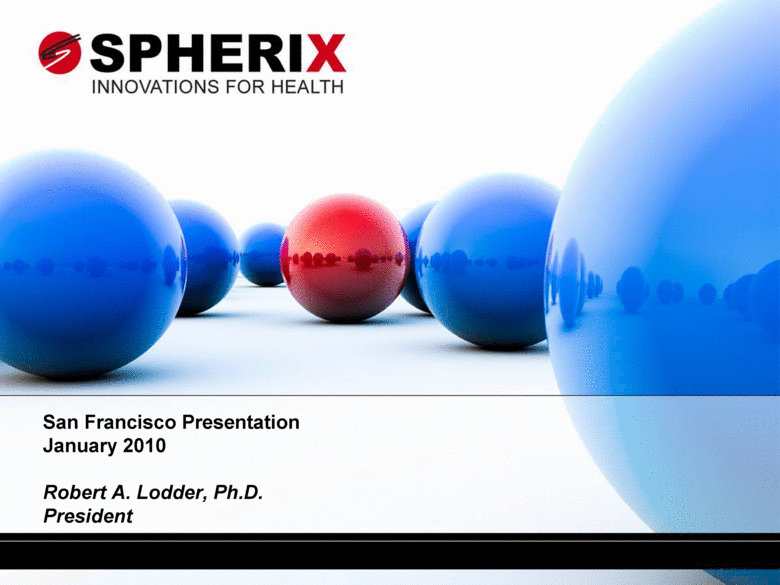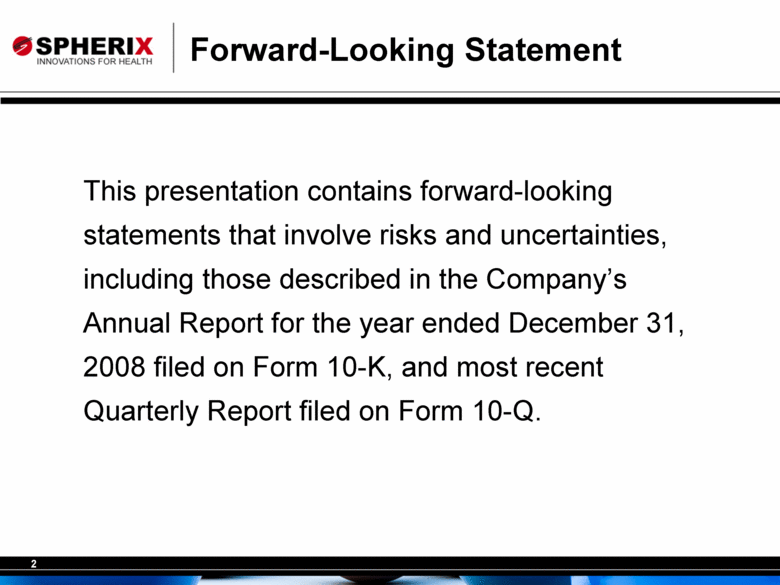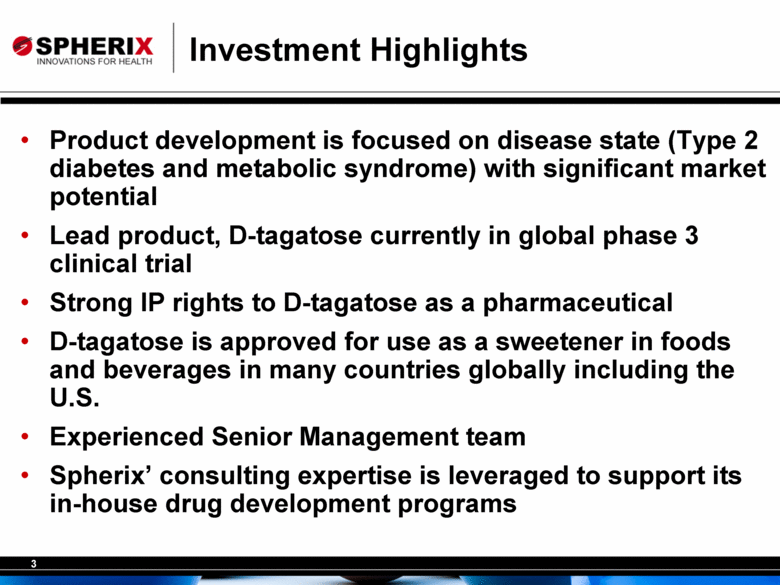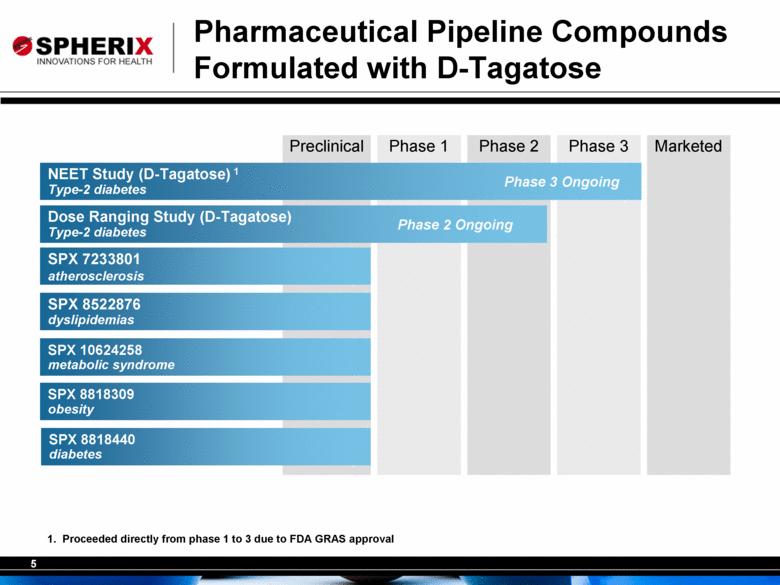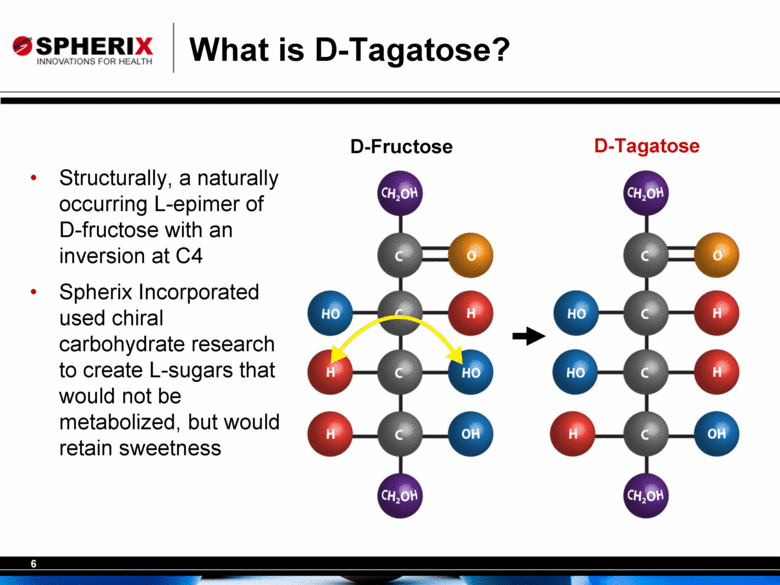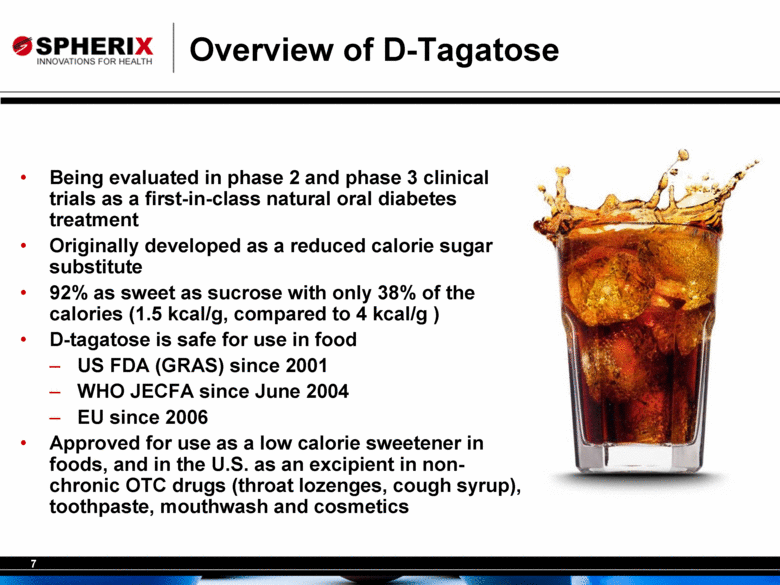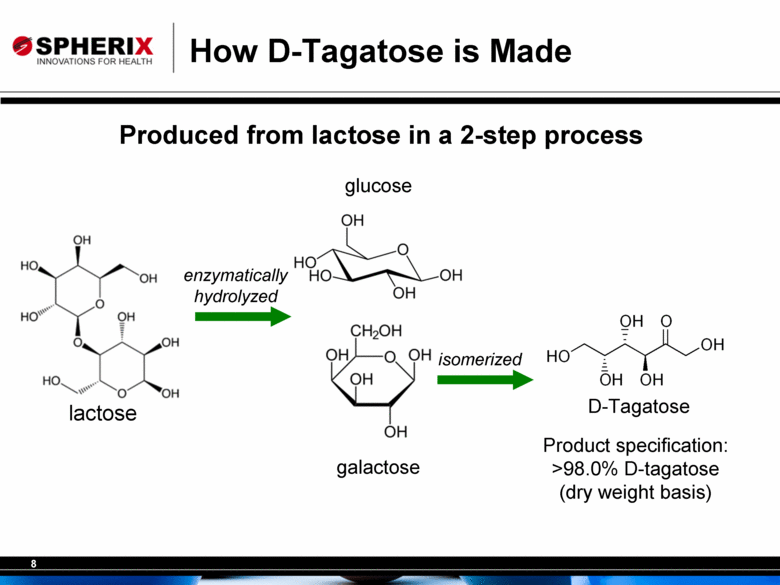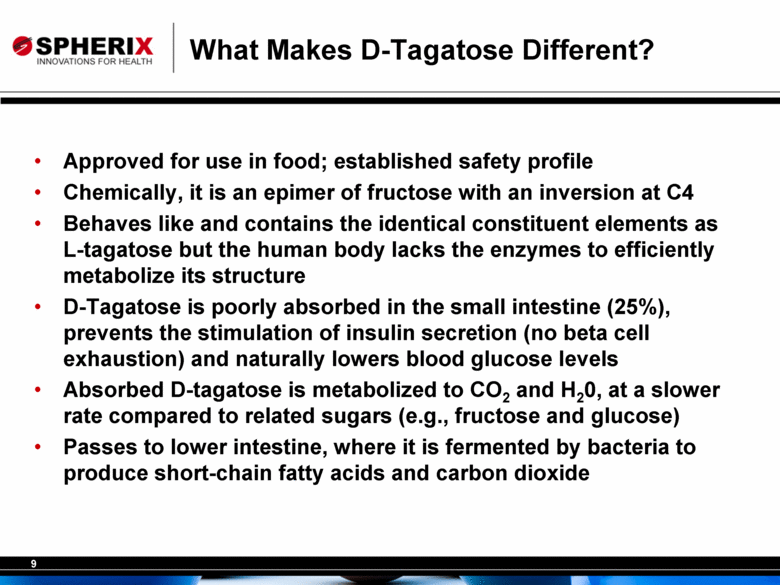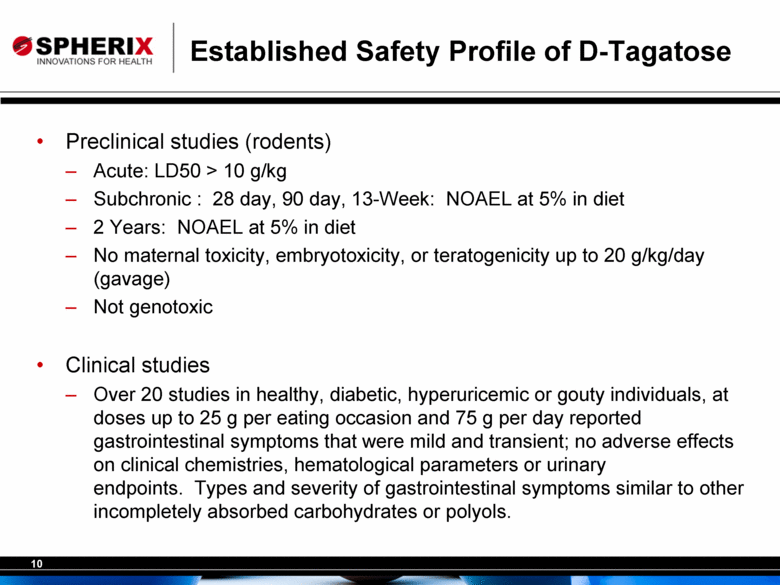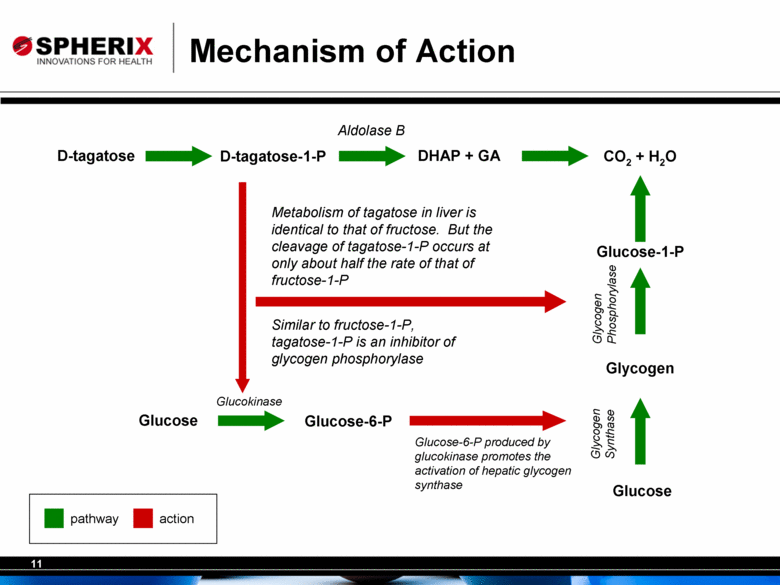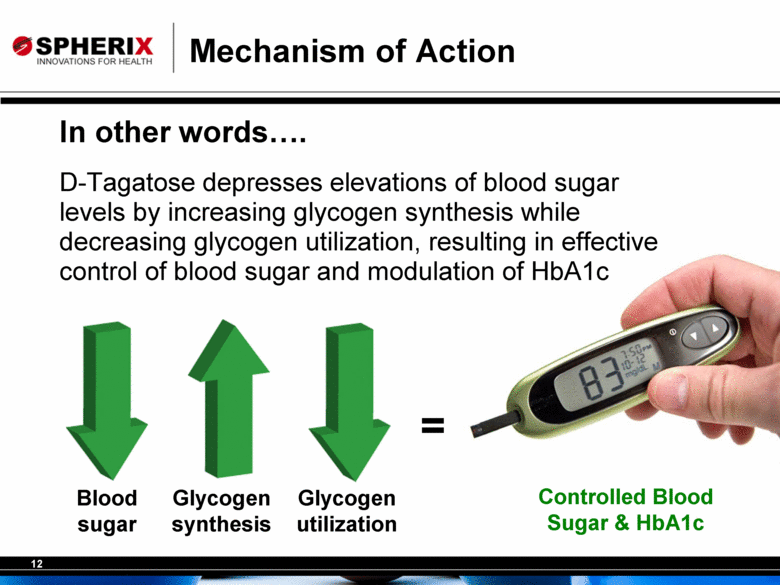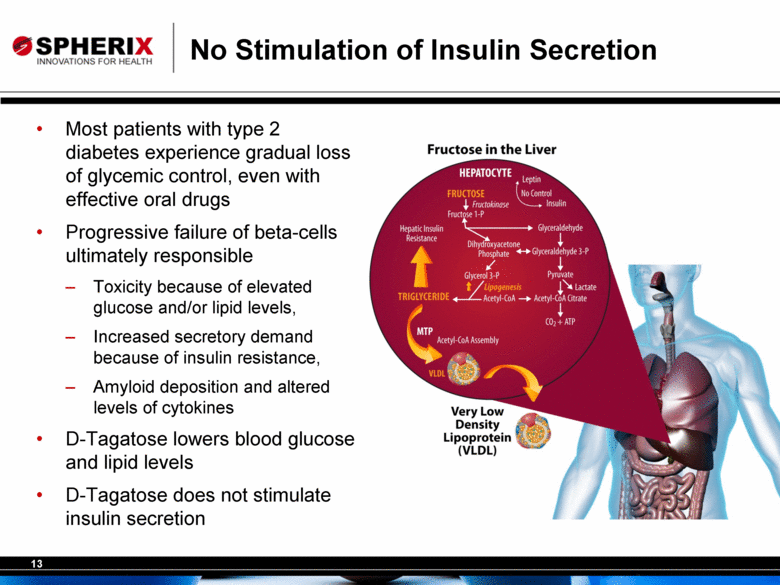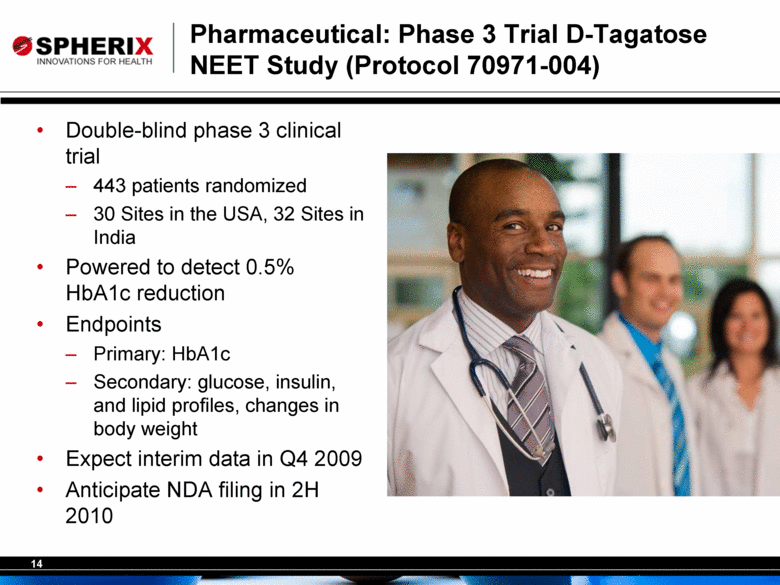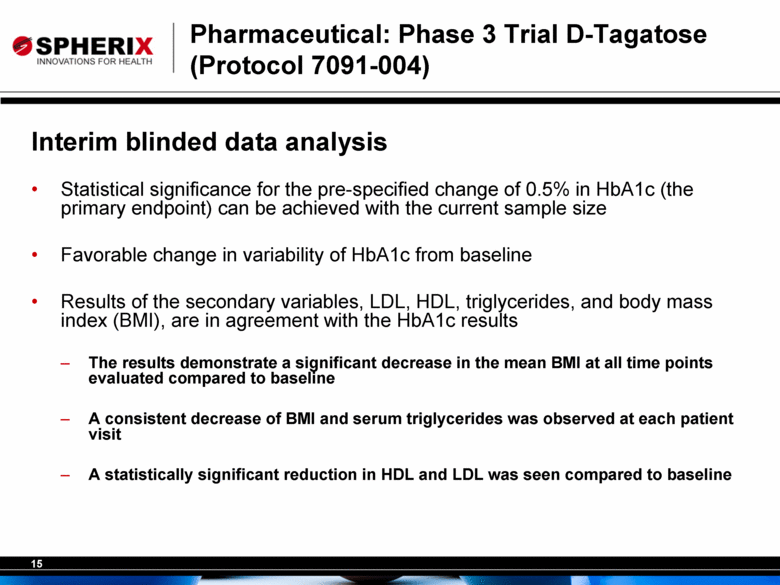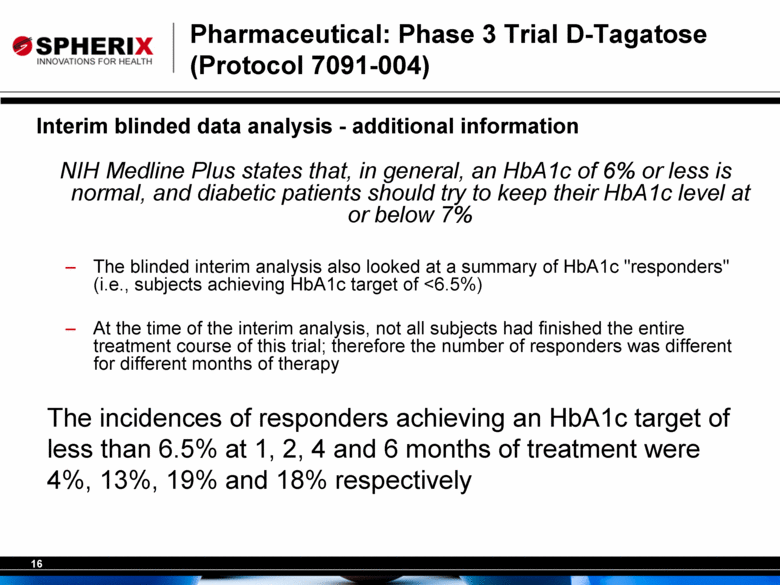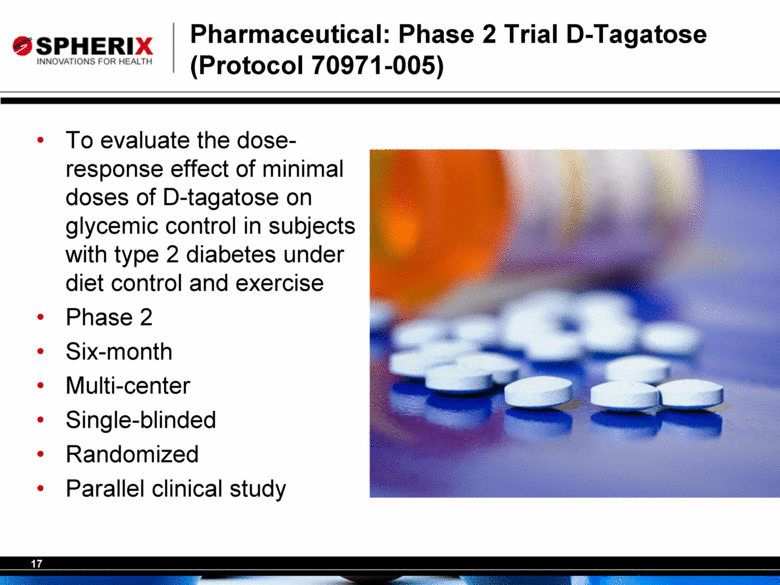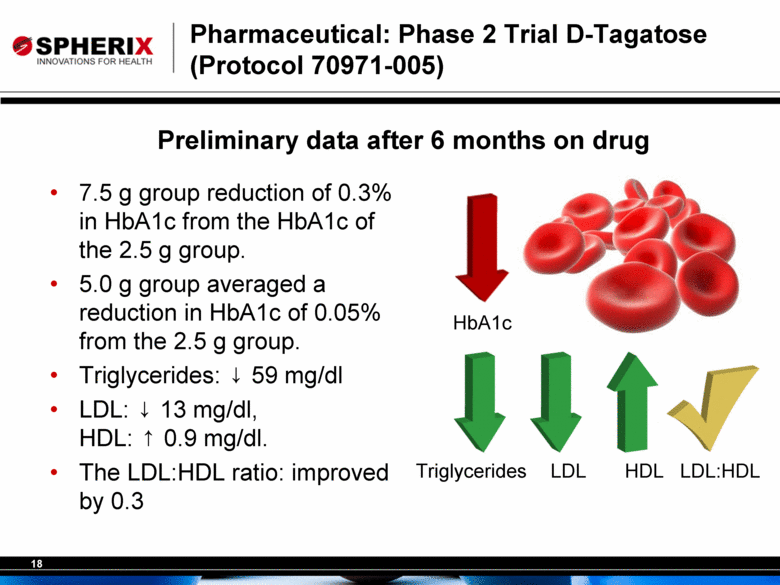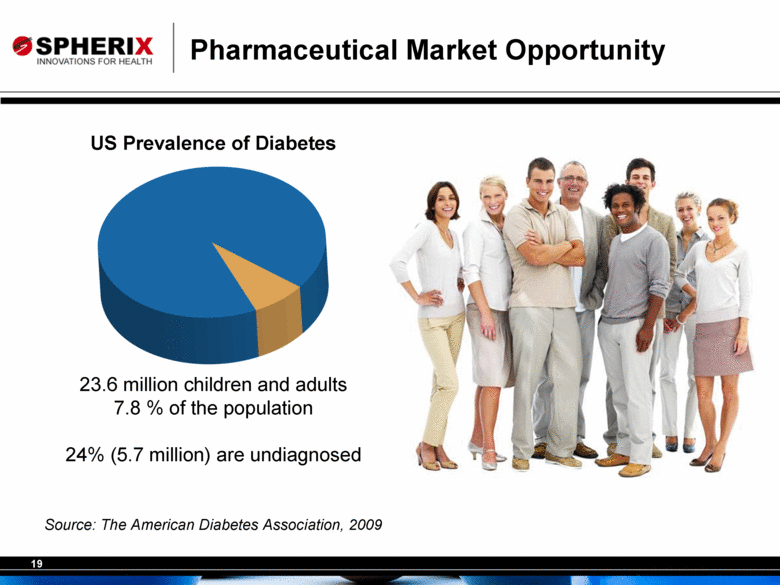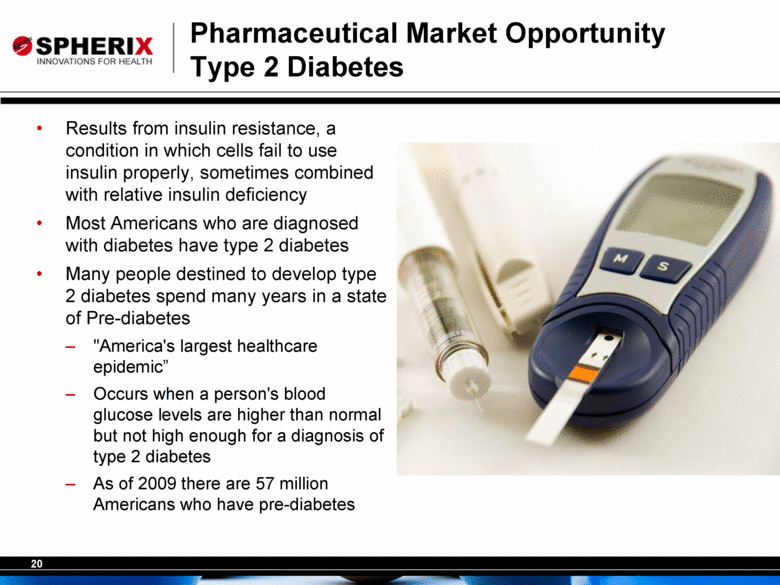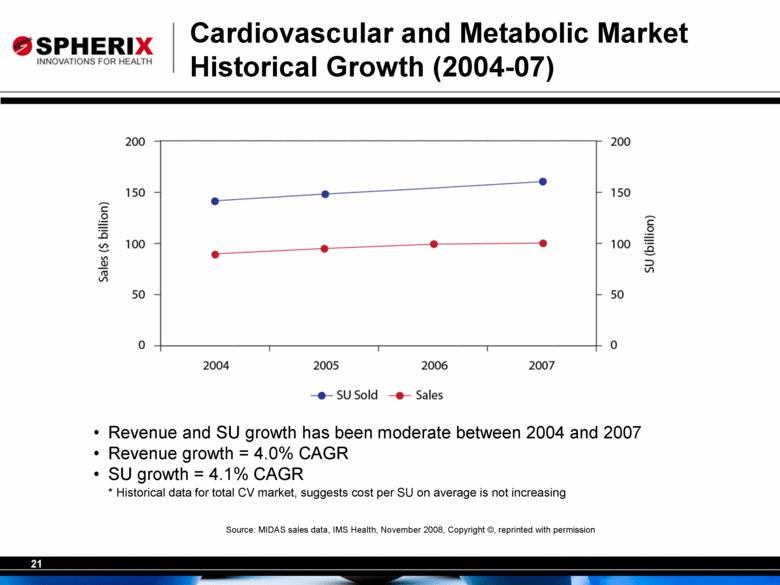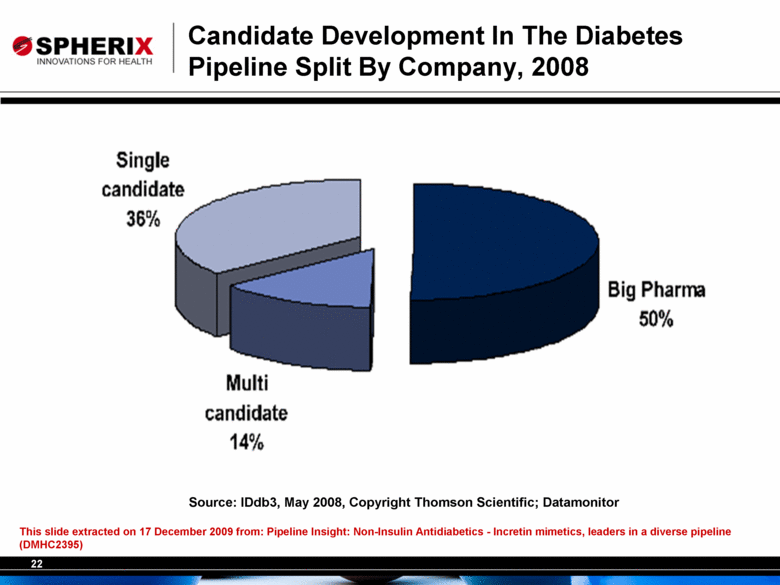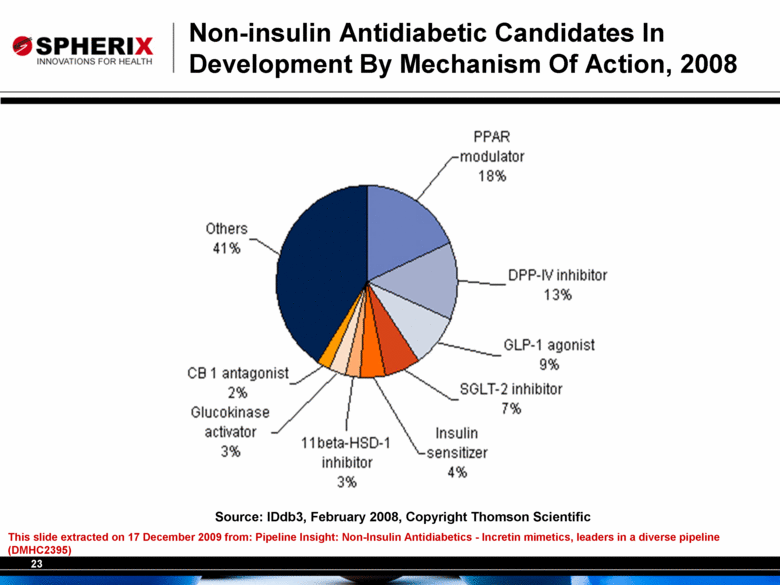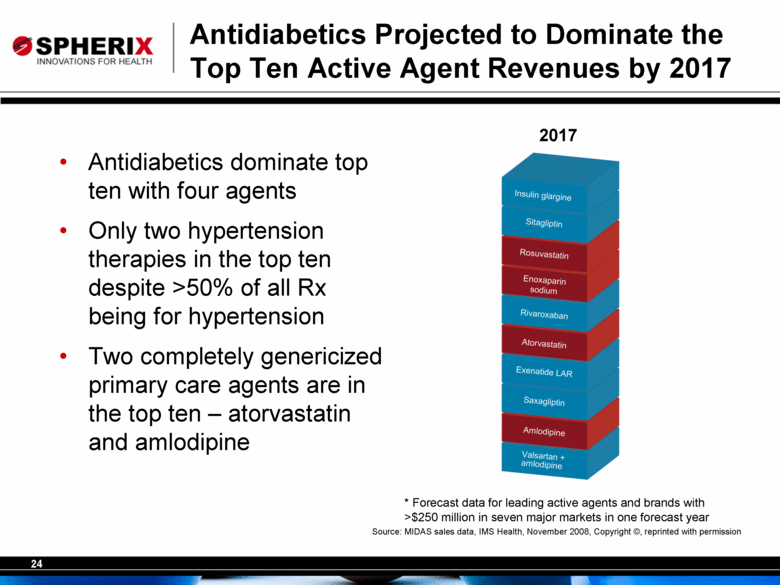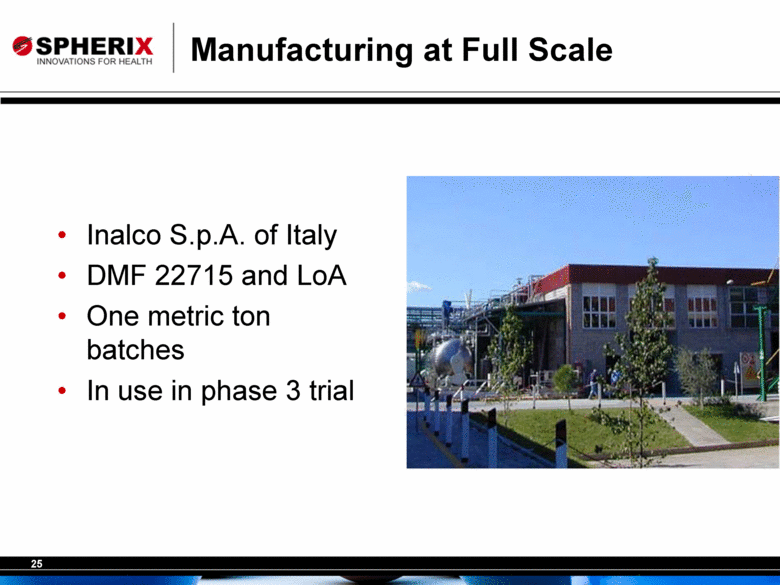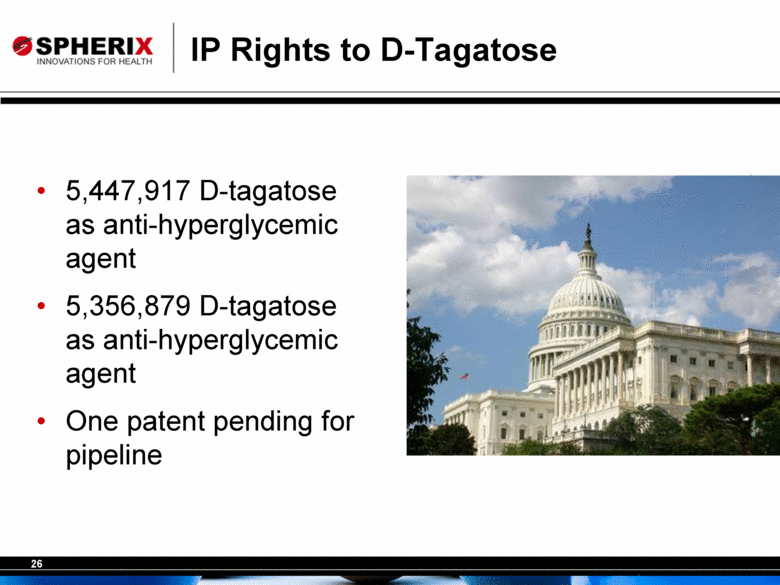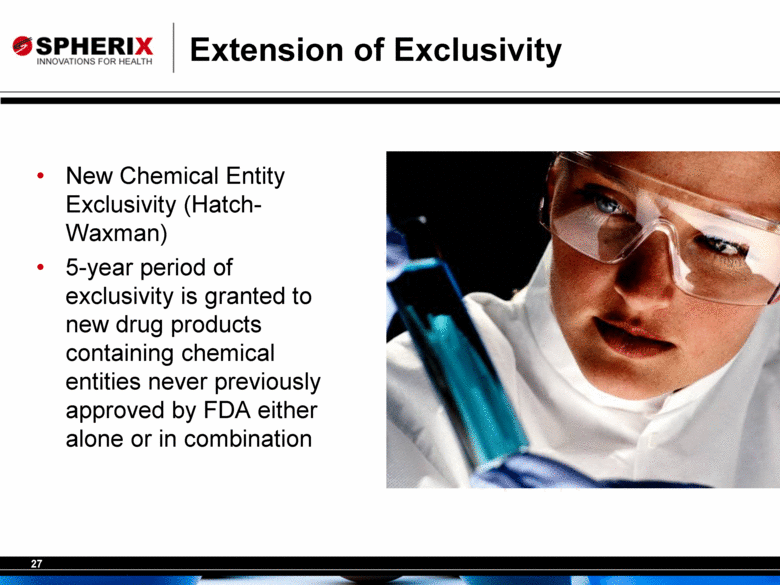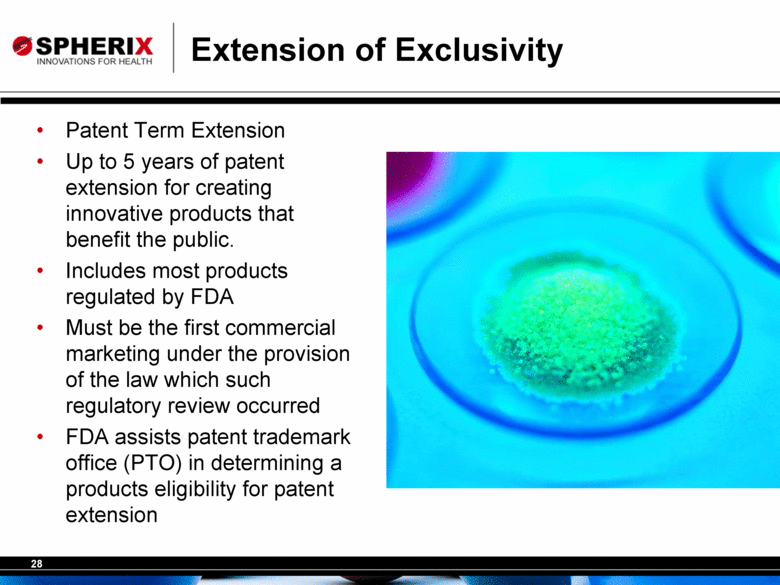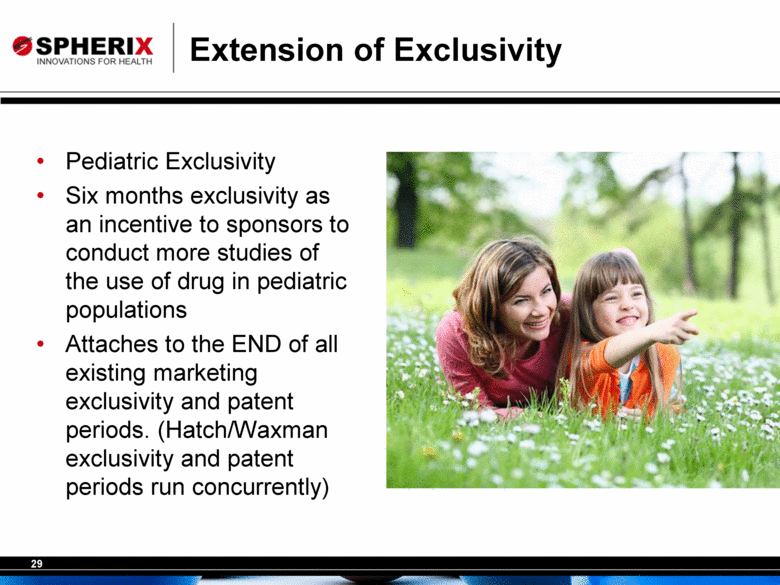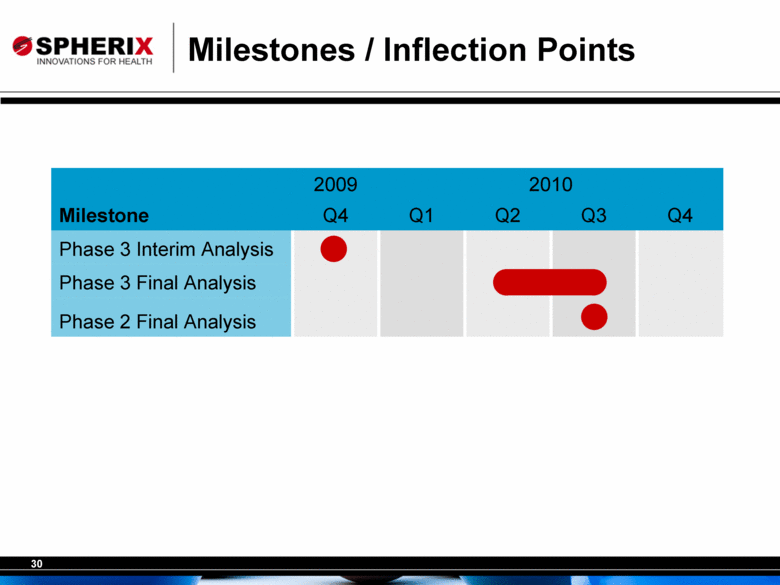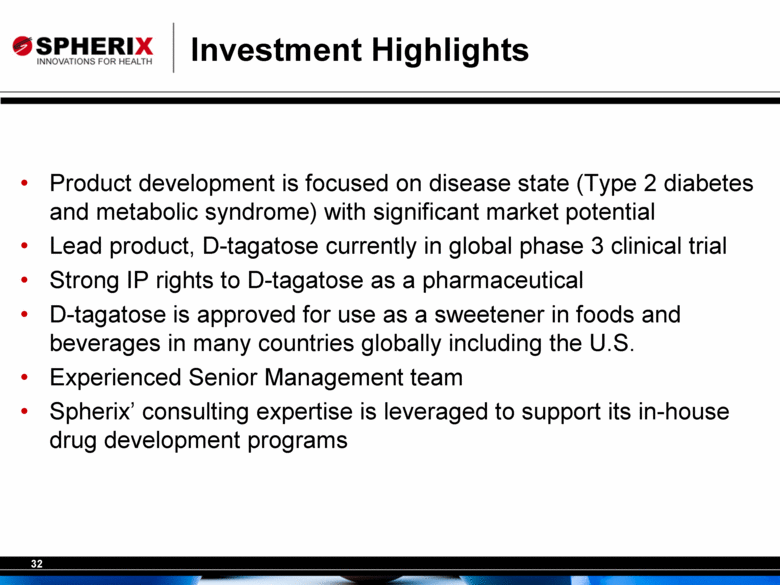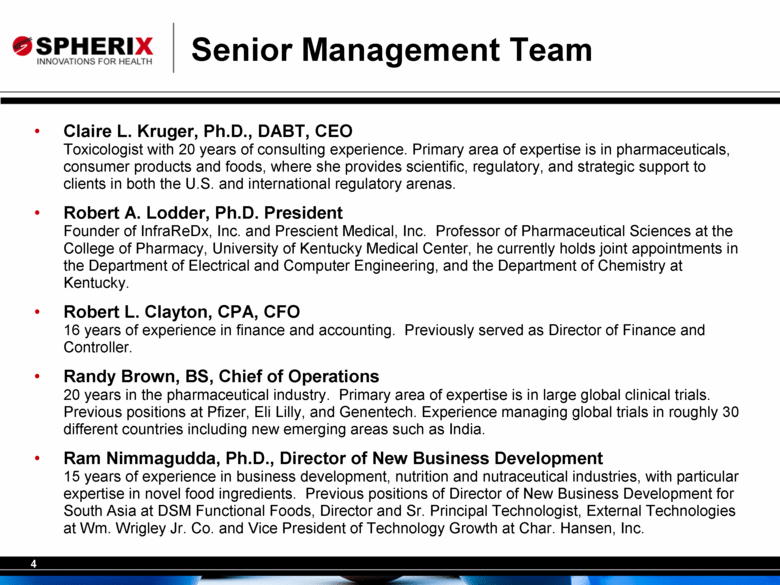
| Senior Management Team Claire L. Kruger, Ph.D., DABT, CEO Toxicologist with 20 years of consulting experience. Primary area of expertise is in pharmaceuticals, consumer products and foods, where she provides scientific, regulatory, and strategic support to clients in both the U.S. and international regulatory arenas. Robert A. Lodder, Ph.D. President Founder of InfraReDx, Inc. and Prescient Medical, Inc. Professor of Pharmaceutical Sciences at the College of Pharmacy, University of Kentucky Medical Center, he currently holds joint appointments in the Department of Electrical and Computer Engineering, and the Department of Chemistry at Kentucky. Robert L. Clayton, CPA, CFO 16 years of experience in finance and accounting. Previously served as Director of Finance and Controller. Randy Brown, BS, Chief of Operations 20 years in the pharmaceutical industry. Primary area of expertise is in large global clinical trials. Previous positions at Pfizer, Eli Lilly, and Genentech. Experience managing global trials in roughly 30 different countries including new emerging areas such as India. Ram Nimmagudda, Ph.D., Director of New Business Development 15 years of experience in business development, nutrition and nutraceutical industries, with particular expertise in novel food ingredients. Previous positions of Director of New Business Development for South Asia at DSM Functional Foods, Director and Sr. Principal Technologist, External Technologies at Wm. Wrigley Jr. Co. and Vice President of Technology Growth at Char. Hansen, Inc. |
